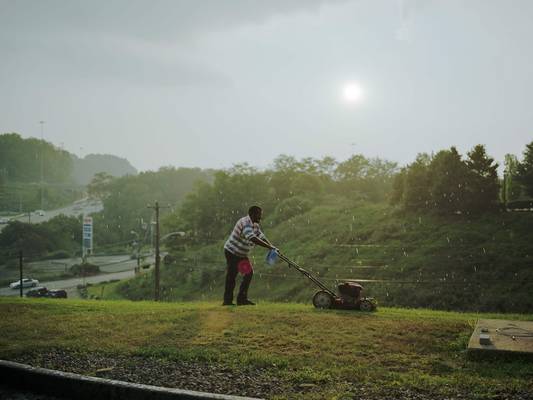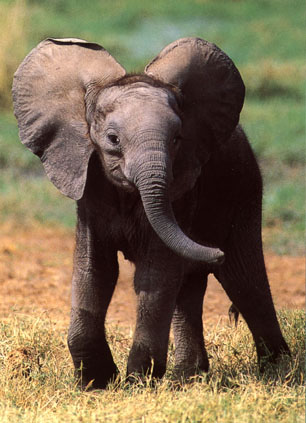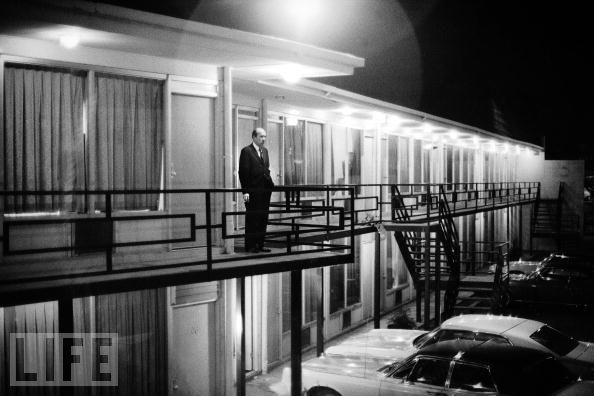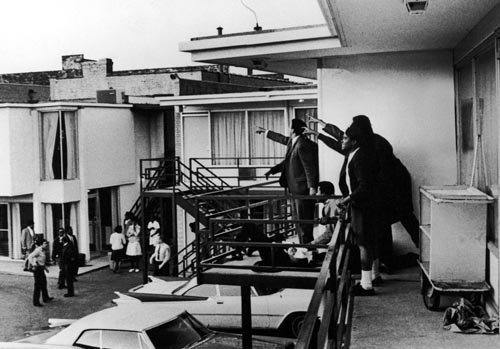
©Paul Graham, Untitled (Pittsburgh 1), From the series "a shimmer of possibility," 2004, Pigment ink print
I think The Photographers' Gallery made the right choice here. I like all the nominees this year but British/American Photographer Paul Graham's "a shimmer of possibility" is just a bit more successful for me and a bit more current / new. A few nights ago Paul Graham was awarded the Deutsche Börse Photography Prize and the £30K that accompanies it.
From the press release (PDF):
Paul Graham (b. 1956, UK), has been awarded the 2009 Deutsche Borse Photography Prize.
The Award was presented at a special evening ceremony on Wednesday 25 March 2009. Jefferson Hack, co-founder of Dazed & Confused, presented the £30,000 award.
The Prize is presented by The Photographers' Gallery and sponsored by Deutsche Borse group.
Paul Graham was selected by the Jury for his publication, a shimmer of possibility (steidlMACK, October 2007).
Now in its thirteenth year, this annual Prize of £30,000 rewards a living photographer, of any nationality, who has made the most significant contribution to photography in Europe, through either an exhibition or publication, over the past year.
The other shortlisted artists in this year's Prize, each awarded £3,000, are:
Emily Jacir (b.1970, Palestine) nominated for her installation, Material for a Film, presented at the 2007 Venice Biennale (7 June - 21 November 2007).
Tod Papageorge (b.1940, USA) nominated for the exhibition Passing Through Eden - Photographs of Central Park at Michael Hoppen Gallery, London (7 March - 12 April 2008).
Taryn Simon (b.1975, USA) nominated for her exhibition An American Index of the Hidden and Unfamiliar at The Photographers' Gallery, London (13 September -11 November 2007).
The Jury this year: David Campany (writer/lecturer, University of Westminster, UK); David Goldblatt (photographer, South Africa); Chus Martinez (Chief Curator, Museu d'Art Contemporani de Barcelona, Spain); and Anne-Marie Beckmann (Curator, Art Collection Deutsche Borse, Germany). The Director of The Photographers' Gallery, Brett Rogers is the non-voting Chair.

© Paul Graham, Untitled (New York/North Dakota), From the series "a shimmer of possibility," 2005, Pigment ink prints, 15 pieces, Edition of 5 + 2 a.p.

© Paul Graham, "a shimmer of possibility," 2005
I like how the book and the photography installation work with each other. Each is similar but changes to fit the ideal conditions for viewing. The 12 Book collection (photo-eye was too expensive for me but there is a compiled version on its way in April.
This is quite a year for Graham with solo shows at MoMA, Museum Folkwang, Essen, Germany Greenberg Van Doren Gallery and Salon94 currently up, and now this award.
Check out this interview with Paul Graham and PDN here. There is also an article in the Telegraph






